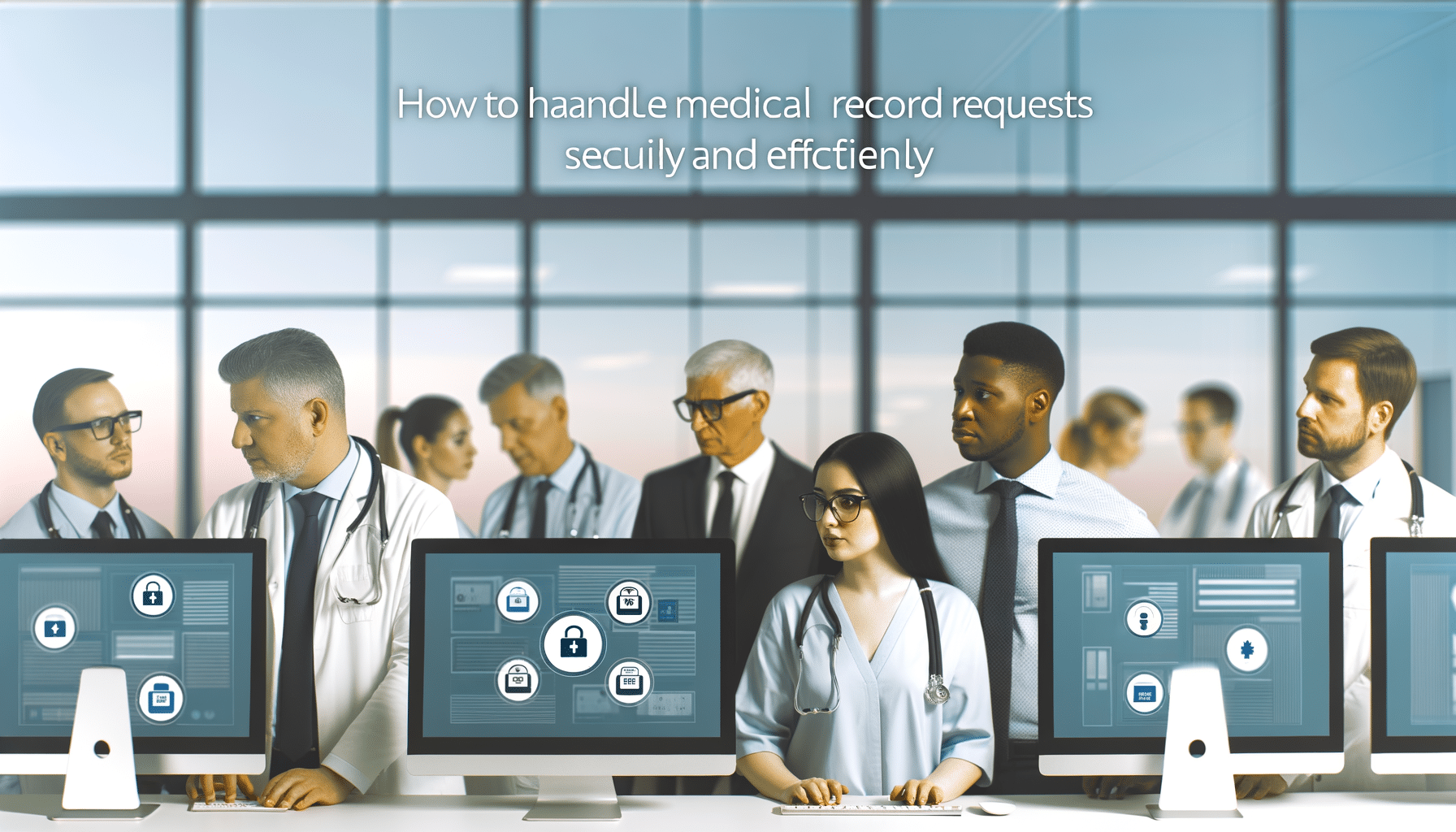How to Master Secure and Efficient Medical Record Requests
As someone who stands at the intersection of technology and healthcare, I am acutely aware of the challenges that arise when dealing with medical record requests. Ensuring that patient data is handled securely while maintaining efficiency in the retrieval process is a critical concern for many healthcare professionals. In today’s data-driven world, it becomes vital to adopt systems and processes that not only safeguard sensitive information but also streamline the workflow to enhance productivity.
Understanding the Importance of Secure Medical Record Requests
The healthcare sector is heavily regulated, and rightly so. Patient confidentiality is not just a legal obligation but a moral imperative. When dealing with medical record requests, it is crucial to appreciate the magnitude of responsibility one holds. Breaches of patient data can lead to dire consequences, ranging from financial penalties to erosion of trust.
One of the biggest challenges I’ve encountered is that traditional methods of managing these requests are no longer tenable. They often involve time-consuming manual processes and carry significant risks, including data mishandling or unauthorized access. Therefore, leveraging modern solutions is not just a luxury but a necessity.
Leveraging Advanced Technologies for Secure Handling
With the rise of digital technologies, new opportunities have emerged to enhance how we handle medical record requests efficiently and securely. Here is how we can achieve it:
Adopt AI-Powered Automation
AI technology, such as what we have integrated at RecordsKeeper.AI, revolutionizes the retrieval and categorization of medical records. By automatically tagging and classifying records, we enable healthcare practitioners to seamlessly and quickly access the required documents. More so, AI mitigates human error, ensuring higher accuracy and consistency in data handling.
Utilize Secure Data Rooms
Security cannot be overstated. Dedicated secure data rooms are invaluable for sharing sensitive files. By controlling access and tracking real-time activity, these virtual spaces prevent unauthorized viewing or dissemination of records. It is imperative to adhere to HIPAA, GDPR, and other relevant guidelines to ensure compliance in sharing patient information.
Blockchain for Uncompromised Integrity
Blockchain technology is a game-changer for data integrity. Its immutable ledger system assures all parties involved that records have not been tampered with. Deploying blockchain within medical record management enhances trust by providing a verifiable and unalterable record trail.
Implementing Best Practices for Process Efficiency
While employing modern technology is critical, adopting best practices ensures an efficient and seamless workflow. Here’s what you should consider:
By focusing on these key areas, healthcare providers can streamline their processes, making patient data processing more intuitive and secure.
The Role of Record Management Platforms
The role of specialized platforms like RecordsKeeper.AI is undeniable in today’s digital landscape. We seamlessly blend AI and blockchain technologies to create a cohesive, user-friendly record management solution. Those who adopt such platforms can transform their record handling practices, turning what once was a cumbersome task into a strategic advantage.
By automating intricate workflows and ensuring robust security, these platforms empower organizations to cut through complexity, reduce costs, and refocus efforts on patient care—which is the core of healthcare.
Conclusion and Call to Action
In conclusion, secure and efficient handling of medical record requests is not merely an organizational requirement—it’s a foundational pillar for maintaining trust and quality in healthcare services. By embracing cutting-edge technology and best practices, healthcare providers can stay ahead in the rapidly evolving digital landscape. As a founder deeply committed to revolutionizing record management, I encourage you to explore these solutions to unburden your workflow and safeguard patient data. Engage with me for further insights on harnessing technology to transform your organization’s records management practices.








